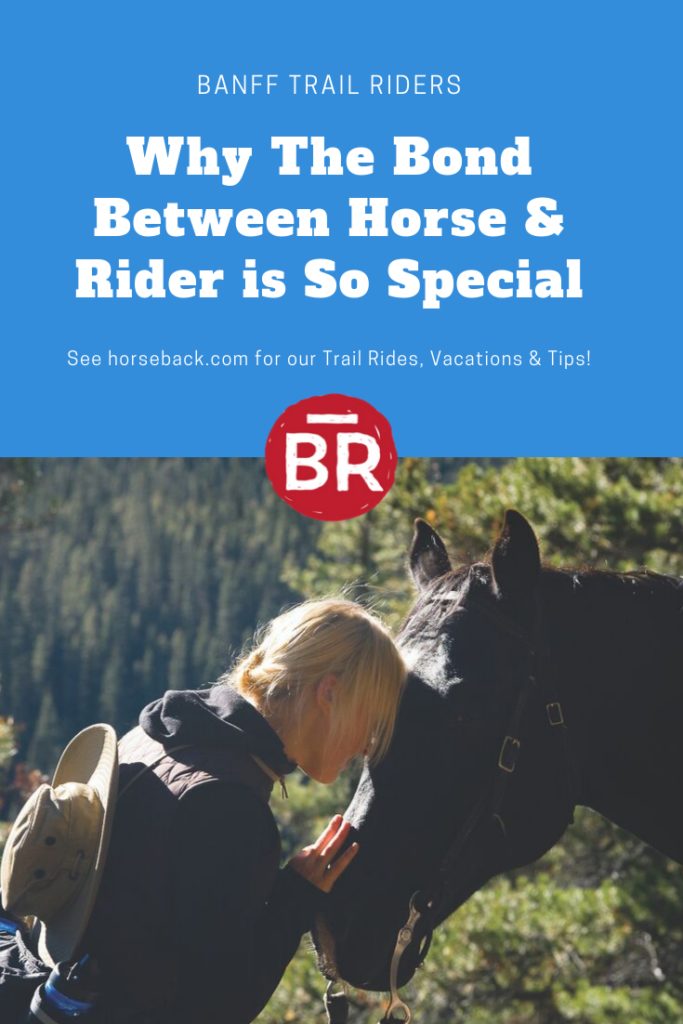Do you ever wonder about the bond between a rider and their horse? It’s truly fascinating how these two creatures can form such a strong connection. In my blog, “http://horsebackridingdude.com/”, I aim to explore this topic in detail, uncovering the intricacies of this unique relationship. From the way a rider communicates with their horse through subtle cues, to the deep trust that develops over time, there is so much to learn about this bond.
In upcoming articles, I will delve into the various factors that contribute to the bond between a rider and their horse. We will explore the importance of mutual respect and understanding, as well as the role of consistent training and positive reinforcement. Additionally, I will share personal stories and experiences from riders who have developed truly extraordinary relationships with their horses.
Whether you are a seasoned equestrian or just curious about the world of horseback riding, these articles will provide valuable insights and perspectives. Stay tuned to learn more about the bond between a rider and their horse, and discover the beauty of this symbiotic relationship. And don’t forget to check out the end of each post for a bonus section featuring the top 10 most frequently asked questions about horseback riding, answered by experts in the field. Let’s embark on this journey together!
The History of Horseback Riding
Horseback riding has a long and rich history that dates back thousands of years. From its origins as a means of transportation and warfare to its development as a popular sport and recreational activity, horseback riding has evolved and grown in importance throughout the centuries. In this article, we will explore the fascinating history of horseback riding, from its earliest beginnings to its modern-day significance.
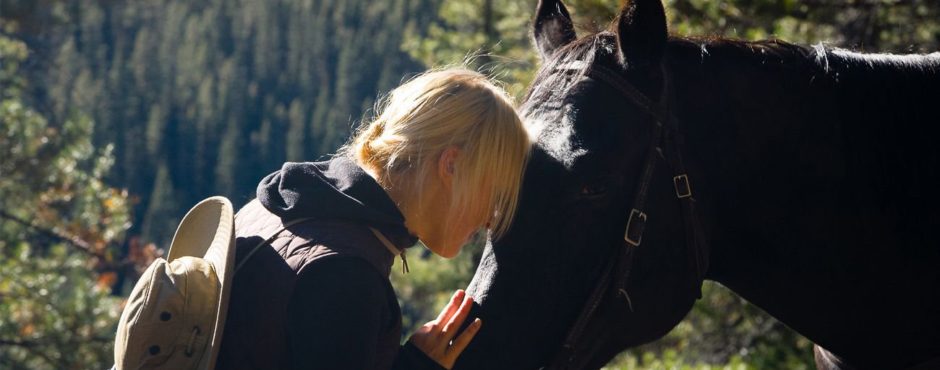
The Origins of Horseback Riding
The origins of horseback riding can be traced back to ancient times when humans first domesticated horses. It is believed that the domestication of horses began around 4000 BC in the Eurasian Steppe, a vast grassland stretching from Ukraine to Mongolia. Early humans discovered the usefulness of horses for transportation, hunting, and warfare, leading to a close and lasting bond between humans and horses.
Ancient Civilizations and Their Use of Horses
As civilizations began to emerge and flourish, horses played a crucial role in their development. Ancient cultures such as the Egyptians, Greeks, Persians, and Romans all used horses for various purposes. The Egyptians, for example, relied on horses for warfare and chariot racing, while the Greeks and Persians used them extensively in their military campaigns. The Romans also utilized horses for transportation, entertainment, and even as symbols of power and prestige.
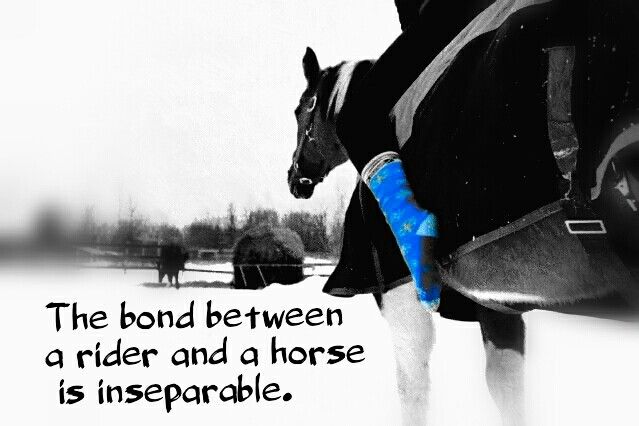
The Development of Horseback Riding as a Sport
With the passage of time, horseback riding evolved from a purely utilitarian activity to a popular sport and recreational pursuit. During the Middle Ages, knights and nobles engaged in jousting matches and tournaments, showcasing their equestrian skills and competing for honor and glory. This period witnessed the rise of chivalry and the establishment of codes of conduct for riders.
In the 17th and 18th centuries, horse racing emerged as a popular sporting event, with organized races taking place in various countries. The development of formal rules and regulations helped standardize the sport and make it more accessible to the masses.
During the 19th century, horseback riding as a sport further diversified with the emergence of various disciplines and styles. The English riding style, characterized by its elegant and disciplined approach, became popular in Europe, while the Western riding style, more associated with ranching and cattle work, gained popularity in the United States. Dressage, jumping, trail riding, and endurance riding also became established disciplines, catering to different preferences and skill sets.
Different Styles and Disciplines of Horseback Riding
Today, horseback riding encompasses a wide range of styles and disciplines, each with its own unique characteristics and demands. Let’s explore some of the most popular ones:
English Riding
English riding focuses on maintaining a balanced seat and achieving precise control of the horse. It is characterized by the use of close-contact saddles, rein contact, and subtle aids from the rider. English riding includes disciplines such as dressage, show jumping, and eventing.
Western Riding
Western riding, often associated with the American cowboy tradition, features a deeper seat and a larger, more comfortable saddle. The rider holds the reins in one hand and uses distinct leg and rein cues to communicate with the horse. Western riding includes disciplines such as reining, cutting, and barrel racing.
Dressage
Dressage is a discipline that emphasizes precision, harmony, and communication between horse and rider. It involves a series of choreographed movements performed by memory. Dressage riders aim to develop a horse’s natural abilities and create a harmonious partnership.
Jumping
Jumping, also known as show jumping or hunter/jumper riding, involves navigating a course of obstacles, including fences and jumps. The rider must demonstrate skill, accuracy, and effective communication with the horse to successfully clear the jumps.
Trail Riding
Trail riding offers riders the opportunity to explore nature and enjoy scenic trails on horseback. It is a leisurely and recreational form of horseback riding, allowing riders to bond with their horses while immersing themselves in the natural surroundings.
Endurance Riding
Endurance riding combines long-distance riding and competitive sport. Riders and their horses cover substantial distances, often on challenging terrains, within a specified time frame. The focus is on the horse’s athleticism, stamina, and overall fitness.

Choosing the Right Horse
When it comes to horseback riding, choosing the right horse is crucial for both the rider’s safety and enjoyment. Here are some factors to consider when selecting a horse:
Understanding Different Horse Breeds
Horses come in various breeds, each with its own unique characteristics and suitability for different activities. Some breeds, such as Arabians and Thoroughbreds, are known for their speed and agility, making them ideal for racing and jumping. Others, like Quarter Horses and Paints, excel in Western riding disciplines, including roping and cutting. Understanding the traits and temperaments of different horse breeds can help in choosing the right horse for your desired activities.
Considerations for Novice Riders
For beginners or novice riders, it is important to choose a horse that is well-trained, gentle, and tolerant. Horses with calm temperaments and a patient nature are often the best match for riders who are still learning the ropes. Working with a reputable trainer or instructor can help determine the suitability of a horse for a novice rider.
Matching the Horse’s Temperament with the Rider’s Skill Level
The temperament of the horse is another crucial aspect to consider. Different horses have different personalities, and it is important to match the horse’s temperament with the rider’s skill level and experience. A nervous or high-strung horse may not be suitable for a beginner, while an experienced rider may prefer a more spirited and energetic horse.
Riding Equipment and Gear
To ensure a safe and comfortable riding experience, it is essential to have the right riding equipment and gear. Let’s explore some of the key items:
Types of Saddles
Saddles come in different styles and designs, depending on the riding discipline and personal preference. English saddles, such as the close-contact jumping saddle or the dressage saddle, are designed to provide a secure seat and close contact with the horse. Western saddles, on the other hand, offer a larger, more comfortable seat and are equipped with a horn for roping or other ranching activities.
Bridles and Reins
Bridles and reins are used to control and communicate with the horse. English bridles typically consist of a bit, a headstall, and reins. Western bridles often feature a curb bit and a single set of reins. Different bits and reins can be chosen based on the horse’s training level and the rider’s preferences.
Protective Gear for the Rider
Safety should always be a priority when horseback riding. Helmets are a crucial piece of protective gear that can help prevent head injuries in case of a fall or accident. Additionally, wearing appropriate riding boots with a low heel, gloves for grip, and a riding vest for added protection is recommended.
Grooming and Care Products
Proper grooming and care are essential for maintaining a horse’s health and well-being. Basic grooming tools include brushes, curry combs, hoof picks, and mane and tail combs. Specialized grooming products such as shampoos, conditioners, and detanglers can also be used to keep the horse’s coat and mane in optimal condition.
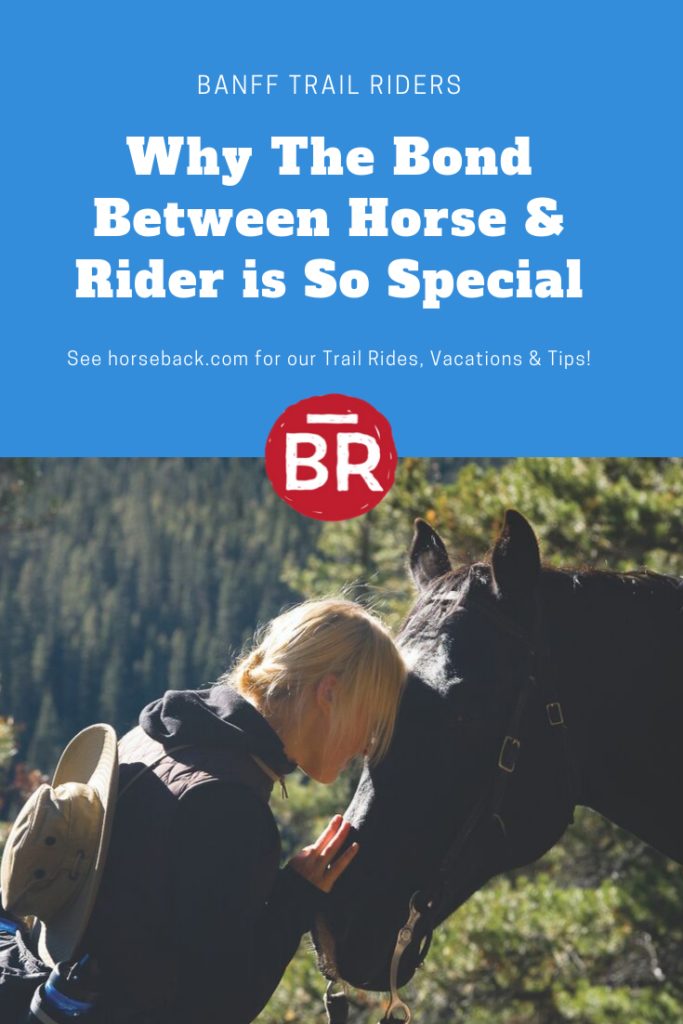
Basic Riding Techniques
Mastering basic riding techniques is fundamental for developing a strong foundation and effective communication with the horse. Here are some key aspects to focus on:
Mounting and Dismounting
Mounting and dismounting a horse should be done in a safe and controlled manner. It is important to position oneself correctly and use proper technique to ensure the comfort and safety of both the rider and the horse.
Correct Posture and Balance
Maintaining correct posture and balance while riding is crucial for stability and effective communication with the horse. Riders should aim to have a straight back, relaxed shoulders, and a balanced position in the saddle.
Understanding Rein and Leg Aids
Rein and leg aids are essential tools for communicating with the horse. Riders use different pressure and cues from their hands and legs to ask the horse to turn, stop, or change gait. Understanding how to apply these aids and maintain a consistent and clear communication is key.
Navigating Different Gaits
Horses have different natural gaits, including walk, trot, canter, and gallop. Learning to navigate and control these gaits is an integral part of horseback riding. Riders must develop a feel for the horse’s movement and learn to adjust their position and aids accordingly.
Building a Bond with Your Horse
Building a strong bond and connection with your horse is an essential part of horseback riding. By establishing trust, effective communication, and a consistent routine, riders can nurture a lifelong partnership with their horses. Here are some tips for building a bond with your horse:
Establishing Trust and Respect
Trust and respect are the foundations of any successful relationship with a horse. Spending time with your horse, handling them gently, and being consistent in your training approach can help establish trust and build a solid bond.
Effective Communication with Your Horse
Learning to communicate effectively with your horse is key to building a strong partnership. Understanding their body language, listening to their responses, and responding in a clear and consistent manner will help create a harmonious connection.
Building a Consistent Routine
Horses thrive on routine and predictability. Establishing a consistent routine for feeding, grooming, and riding can help create a sense of trust and security for your horse. Consistency in your training methods and expectations is also important for their understanding and comfort.
Bonding Through Grooming and Groundwork
Grooming your horse not only keeps them clean but also provides an opportunity for bonding. Spending time grooming, massaging, and tending to your horse’s needs helps strengthen the bond between you. Groundwork exercises, such as lunging and leading, also build trust and communication skills.
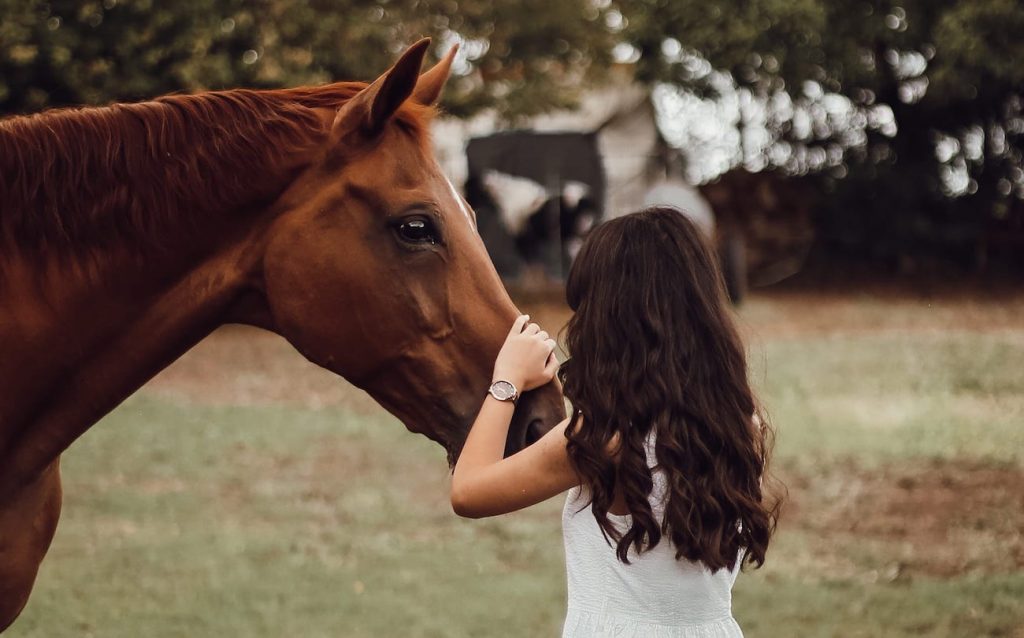
Horse Nutrition and Health
Proper nutrition and healthcare are crucial for a horse’s overall well-being and performance. Here are some important considerations:
Understanding a Horse’s Dietary Needs
Horses have specific dietary requirements based on their age, breed, and level of activity. Providing a balanced diet that includes essential nutrients such as quality forage, grains, and supplements is essential for their health.
Feeding Schedules and Portion Control
Establishing a regular feeding schedule and portion control helps maintain a healthy weight and prevents digestive issues. Horses should have access to fresh water, hay or pasture, and a balanced concentrate feed in appropriate amounts.
Common Health Issues in Horses
Horses are susceptible to various health issues, including lameness, respiratory problems, dental issues, and parasites. Regular health checks, vaccinations, deworming, and dental care are essential for maintaining their overall health.
Recognizing Signs of Sickness or Injury
Being able to recognize signs of sickness or injury in a horse is crucial for prompt intervention and treatment. Monitoring changes in behavior, appetite, gait, and overall demeanor can help identify potential health issues.
Horse Care and Stable Management
Proper horse care and stable management are essential for maintaining a safe, clean, and comfortable environment for your horse. Here are some important aspects to consider:
Stable Cleanliness and Organization
Keeping the stable clean and well-maintained is essential for the horse’s health and well-being. Regular stall cleaning, proper ventilation, and good drainage are crucial to prevent the buildup of bacteria and parasites.
Proper Hoof Care
Regular hoof care is important to ensure the horse’s soundness and prevent lameness. This includes regular hoof picking, regular farrier visits for trimming and shoeing, and monitoring for signs of hoof issues.
Grooming and Bathing
Regular grooming helps keep the horse’s coat clean and healthy. This includes brushing, bathing, mane and tail care, and hoof dressing. Grooming also provides an opportunity for bonding and monitoring the horse’s overall condition.
Managing Pasture and Turnout
Providing adequate pasture and turnout time is essential for a horse’s physical and mental well-being. Horses should have access to safe and well-fenced grazing areas, along with shelter and fresh water.
Safety Tips for Horseback Riding
Horseback riding can be an exhilarating and enjoyable activity, but it is important to prioritize safety. Here are some key safety tips to keep in mind:
Wearing Appropriate Safety Gear
Always wear a properly fitted helmet to protect your head in case of a fall or accident. Additionally, wearing appropriate footwear with a low heel, gloves, and safety vests can minimize the risk of injury.
Preventing Accidents and Falls
Maintaining proper training and technique, being aware of your surroundings, and avoiding reckless behavior can significantly reduce the risk of accidents and falls. Regular lessons with a qualified instructor can help improve riding skills and prevent mishaps.
Riding with a Buddy
Whenever possible, ride with a buddy or in the company of others. Riding alone can be risky, and having someone nearby can provide assistance in case of an emergency.
Emergency Procedures and First Aid
Knowing basic first aid and emergency procedures is crucial for any rider. Being familiar with how to handle common injuries, such as cuts, bruises, sprains, or falls, can make a significant difference in the outcome.
Competitions and Shows
Competitions and horse shows offer riders the opportunity to showcase their skills, compete against others, and receive feedback from judges. Here are some key aspects to consider when participating in equestrian events:
Different Types of Equestrian Competitions
Equestrian competitions cover a wide range of disciplines, including dressage, show jumping, eventing, barrel racing, reining, and more. Each discipline has its own specific rules and judging criteria.
How to Prepare for a Horse Show
Preparing for a horse show involves training, conditioning, and practice. This includes fine-tuning your riding skills, ensuring your horse is fit and healthy, and familiarizing yourself with the rules and requirements of the specific event.
Understanding Judging Criteria
Judging criteria vary depending on the discipline and level of competition. It is important to understand the specific criteria being evaluated, such as technical execution, style, accuracy, and overall performance.
Tips for Performing Your Best
To perform your best in a competition, focus on maintaining a consistent and effective training routine. Additionally, staying calm and focused, visualizing success, and having confidence in your abilities can significantly improve your performance.
Therapeutic Riding and Equine-Assisted Therapy
Horseback riding has proven to be a powerful therapeutic tool for individuals with disabilities or special needs. Here are some key aspects to consider:
Benefits of Horseback Riding for Individuals with Disabilities or Special Needs
Therapeutic riding and equine-assisted therapy offer numerous benefits, both physical and psychological. Riding can improve balance, coordination, muscle strength, cognitive function, and self-confidence. Additionally, the bond formed with horses can provide emotional support and a sense of accomplishment.
Finding Therapy Programs and Certified Instructors
If you or someone you know is interested in therapeutic riding, it is important to find certified therapy programs and instructors. These programs adhere to specific guidelines and have qualified professionals who are experienced in working with individuals with disabilities.
How Horses Can Help Improve Physical and Mental Well-Being
Horses have a unique ability to connect with individuals and provide therapeutic benefits. Their rhythmic movement stimulates core muscles, improves posture, and increases overall body awareness. Additionally, interacting with horses can reduce stress, anxiety, and depression, promoting overall mental well-being.
Exploring Horseback Riding Trails
For those who enjoy the beauty of nature and adventure, horseback riding trails provide an excellent opportunity to explore scenic landscapes. Here are some key aspects to consider:
Scenic Trails and Destinations for Horseback Riding
There are numerous scenic trails and destinations around the world that cater to horseback riding enthusiasts. From coastal beaches and mountain paths to lush forests and desert terrains, riders can choose among a wide range of environments.
Tips for Planning a Trail Ride
Planning a trail ride involves choosing a suitable trail, considering the difficulty level, and ensuring the availability of facilities such as parking, restrooms, and water sources. It is important to research the trail and its requirements beforehand to ensure a safe and enjoyable experience.
Safety Measures for Riding in the Wilderness
When riding in the wilderness, safety should be a top priority. Wear appropriate safety gear, let someone know your planned route and estimated return time, and be prepared for unexpected weather conditions or emergencies. It is also important to respect and be aware of local regulations and wildlife.
Horseback Riding as a Social Activity
Horseback riding not only offers individual enjoyment but also provides opportunities for social interaction and camaraderie. Here are some aspects to consider:
Joining Riding Clubs and Communities
Joining horse riding clubs and communities can provide a sense of belonging and a platform for connecting with like-minded individuals. These clubs often organize group rides, workshops, and social events, fostering a sense of community and friendship.
Organizing Group Rides and Events
Organizing group rides and events can be a fun and rewarding experience. Whether it’s a leisurely trail ride or a friendly competition, bringing together fellow riders and sharing experiences enhances the enjoyment and camaraderie.
Participating in Charity Rides and Fundraisers
Many horse riding clubs and organizations organize charity rides and fundraisers to give back to the community and support worthy causes. Participating in these events not only benefits the cause but also allows riders to come together for a meaningful purpose.
Conclusion
The bond between a rider and their horse is a unique and special connection that develops through time and shared experiences. Horseback riding offers not only physical benefits but also emotional and psychological rewards. Whether you’re a seasoned rider or just starting out, nurturing this bond can lead to a lifelong passion for horses and a deeper understanding of these magnificent creatures.
Frequently Asked Questions About Horseback Riding:
-
Q: What is the minimum age requirement for horseback riding? A: The minimum age for horseback riding can vary depending on the stable or instructor. However, most facilities require riders to be at least 6 years old.
-
Q: How often should I clean the horse’s stall? A: It is recommended to clean the horse’s stall daily to maintain cleanliness and prevent the buildup of bacteria and parasites.
-
Q: What is the difference between trotting and cantering? A: Trotting is a two-beat gait where the horse’s diagonal legs move together. Cantering is a three-beat gait where the horse’s legs move in a specific sequence: inside hind, outside hind and inside fore, outside fore.
-
Q: Can horseback riding help with weight loss? A: Horseback riding can be a form of exercise that helps burn calories and improve overall fitness. However, weight loss results vary depending on the intensity and duration of the ride, as well as other lifestyle factors.
-
Q: How do I know if my horse is in good health? A: Regular veterinary check-ups, observing for changes in behavior or appetite, and monitoring overall demeanor and physical condition can help determine if a horse is in good health.
-
Q: What is the difference between horse racing and horseback riding? A: Horse racing is a competitive sport where horses gallop at high speeds while horseback riding encompasses a broader range of activities, including leisure riding, sport riding, and competitive disciplines.
-
Q: Can I ride a horse if I have allergies? A: It is important to consult with a healthcare professional regarding specific allergies and their severity. In some cases, proper management and precautions, such as wearing a mask or taking allergy medication, may allow individuals to ride horses comfortably.
-
Q: How do I know if a horse is suitable for a beginner rider? A: A suitable horse for a beginner rider is typically well-trained, calm, and tolerant. Working with a qualified trainer or instructor can help assess the suitability of a horse for a beginner rider.
-
Q: How often should a horse be ridden? A: The frequency of riding depends on the individual horse’s needs, fitness level, and workload. Horses should be given regular exercise and mental stimulation, but overworking or inadequate rest should be avoided.
-
Q: What is the best way to introduce a new rider to horseback riding? A: Introducing a new rider to horseback riding should be done gradually and under the guidance of a qualified instructor. Start with basic horse handling and ground exercises before progressing to mounted riding. Safety and proper technique should always be emphasized.
